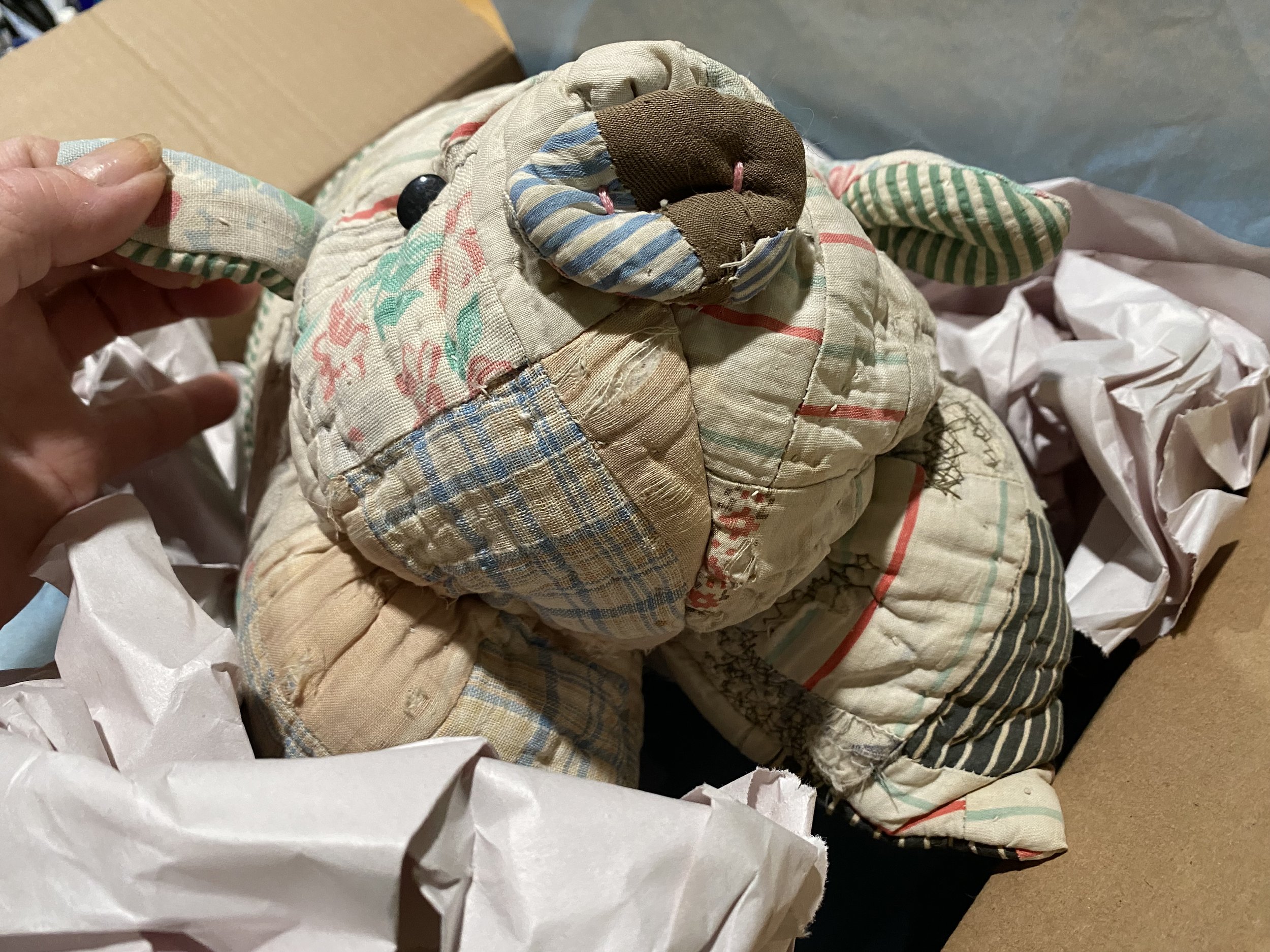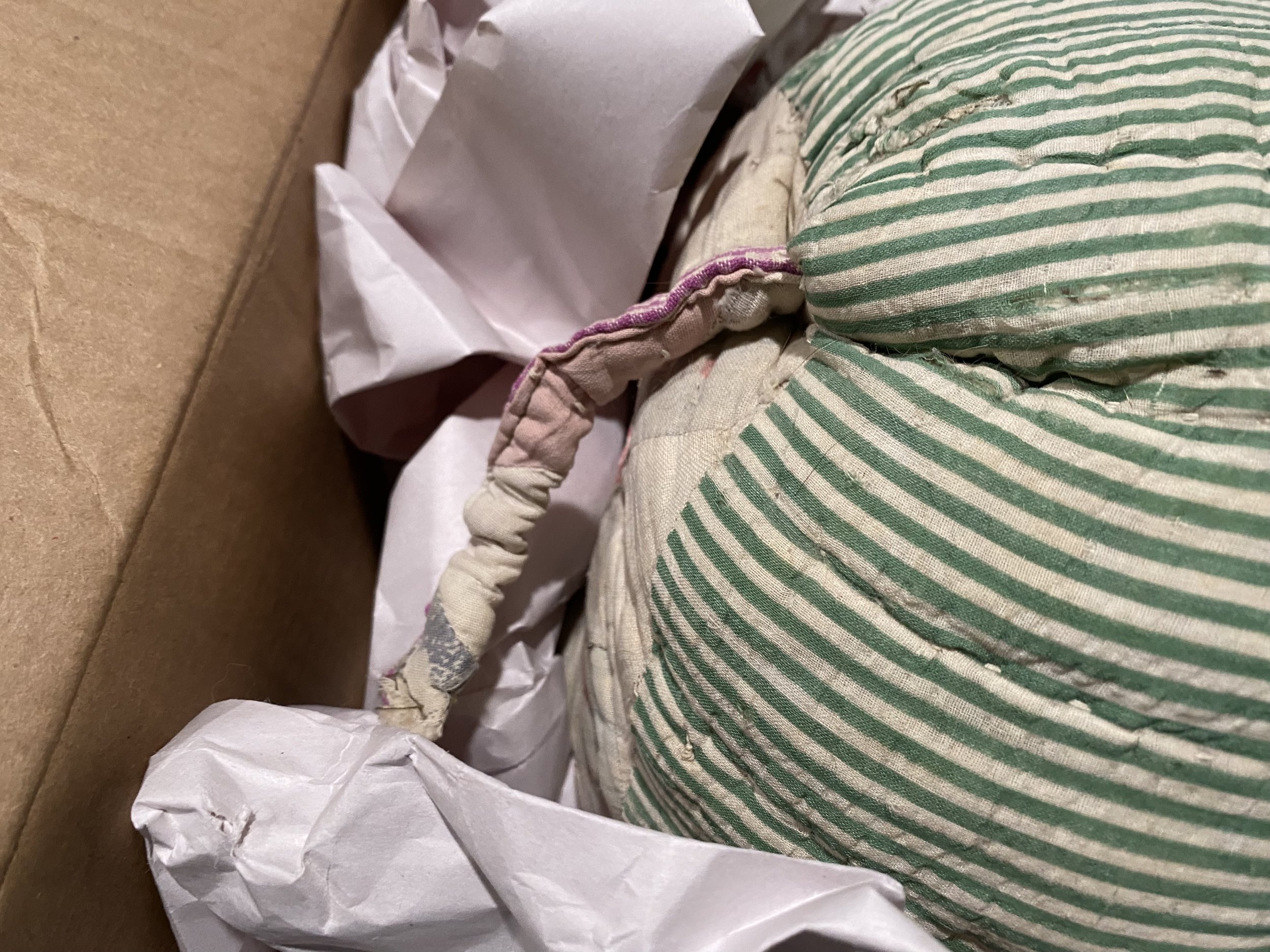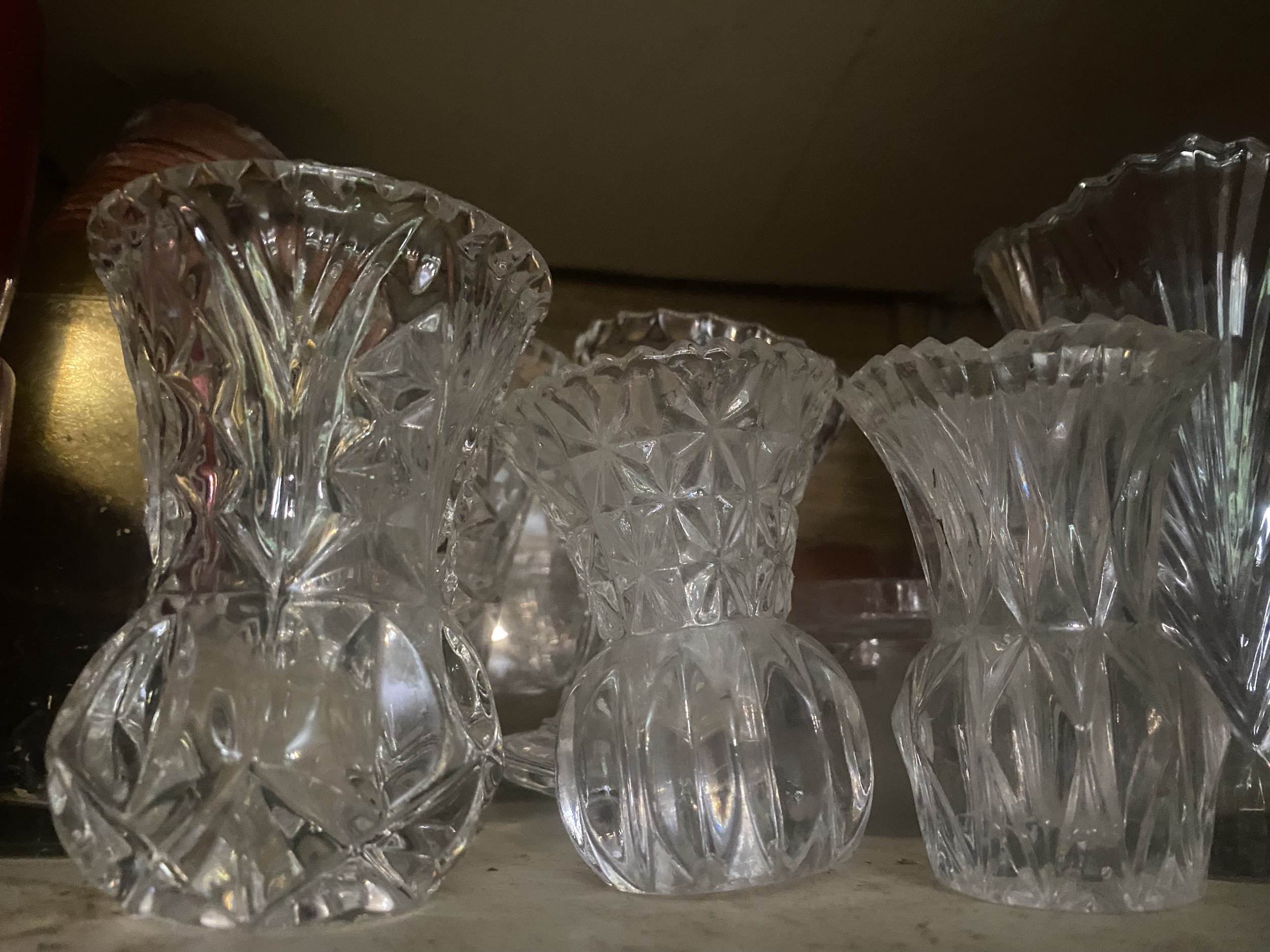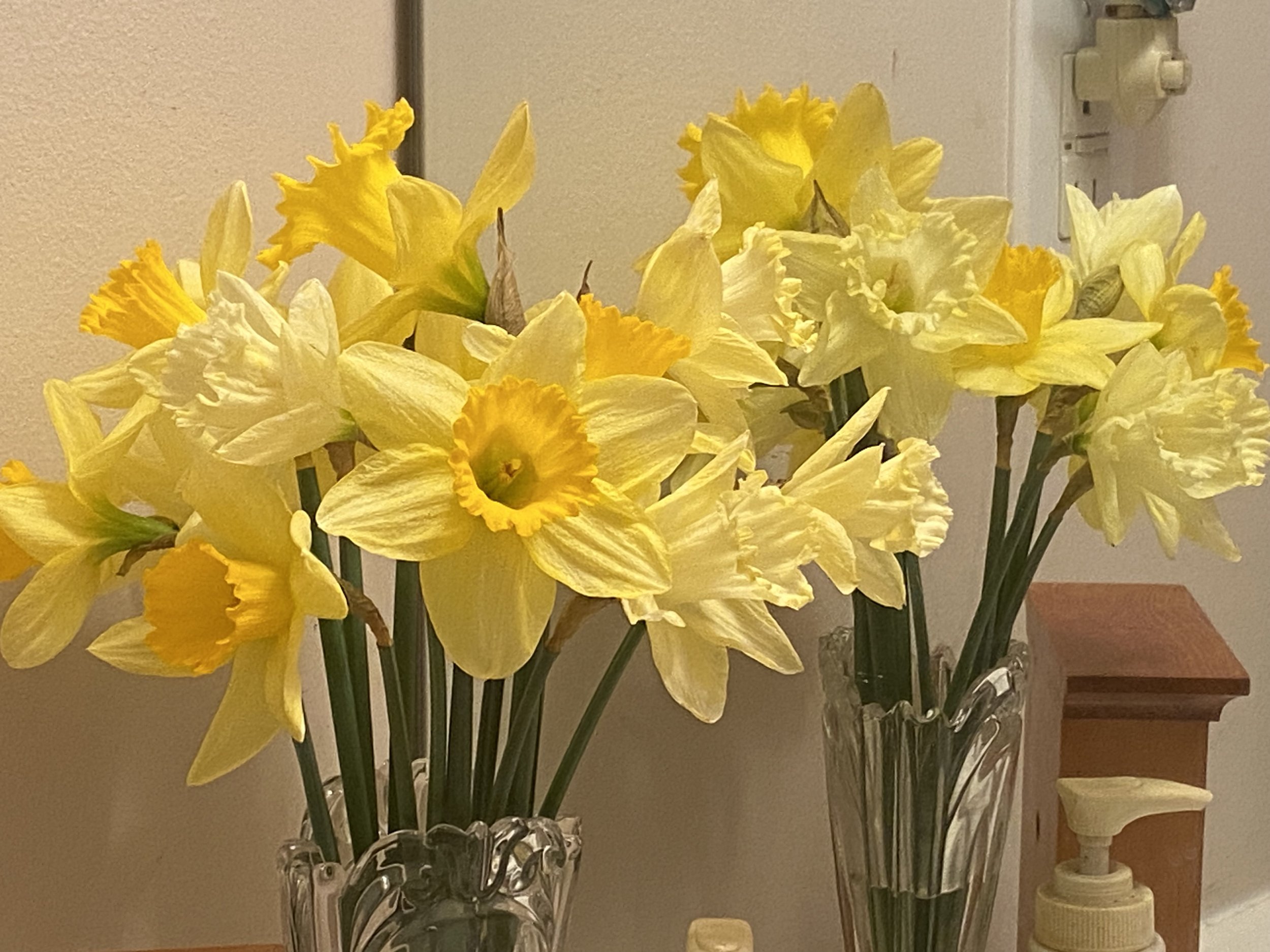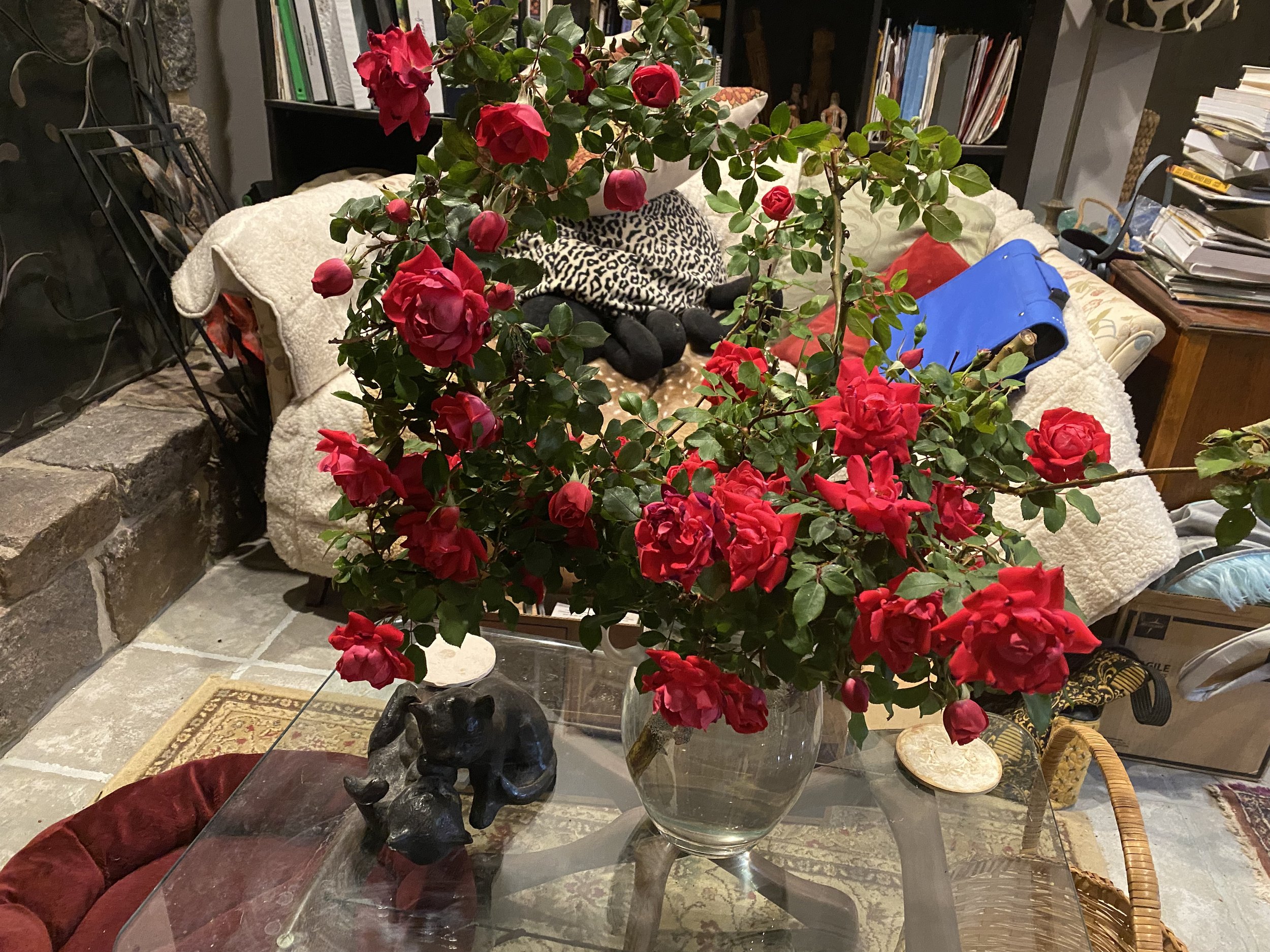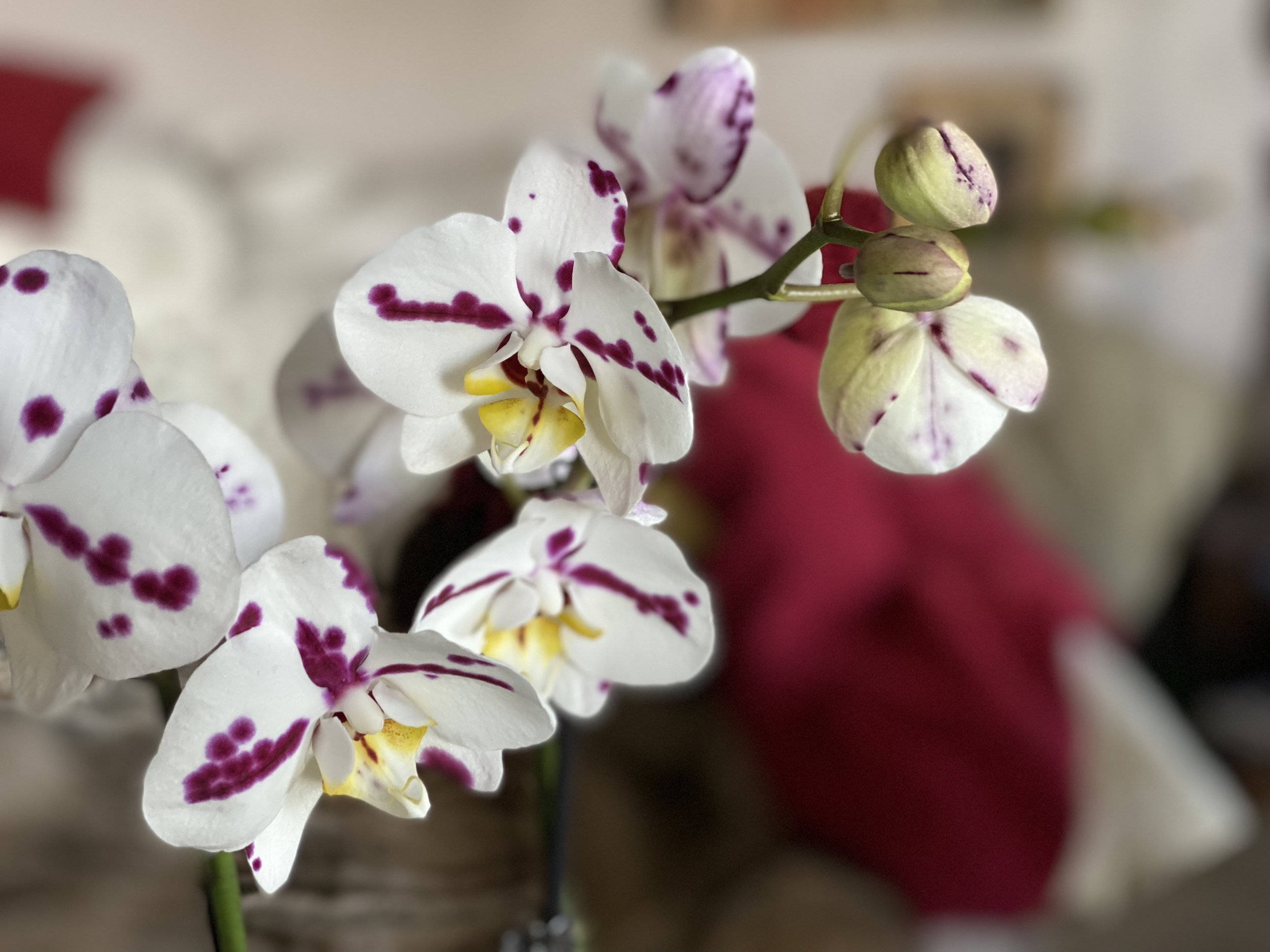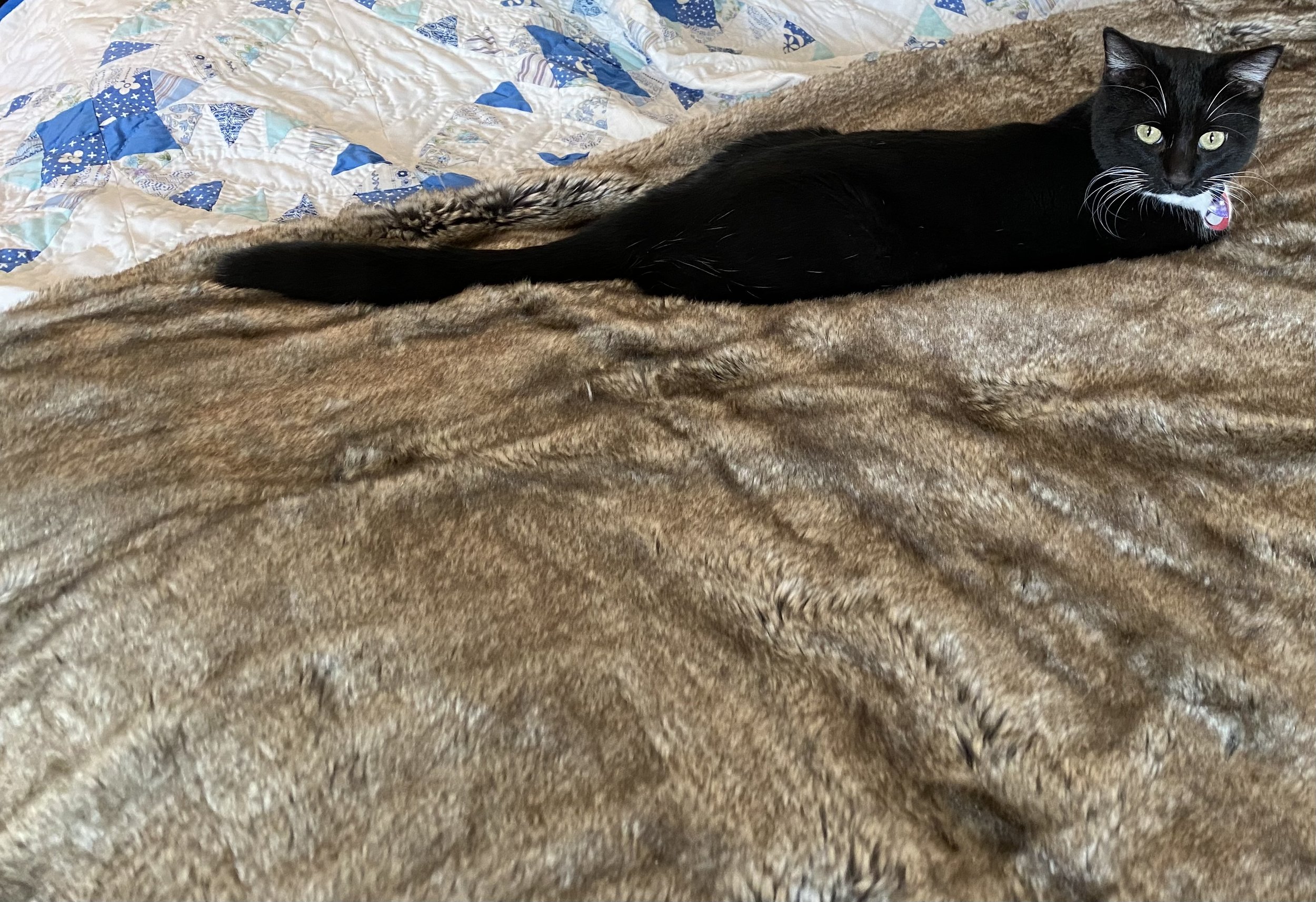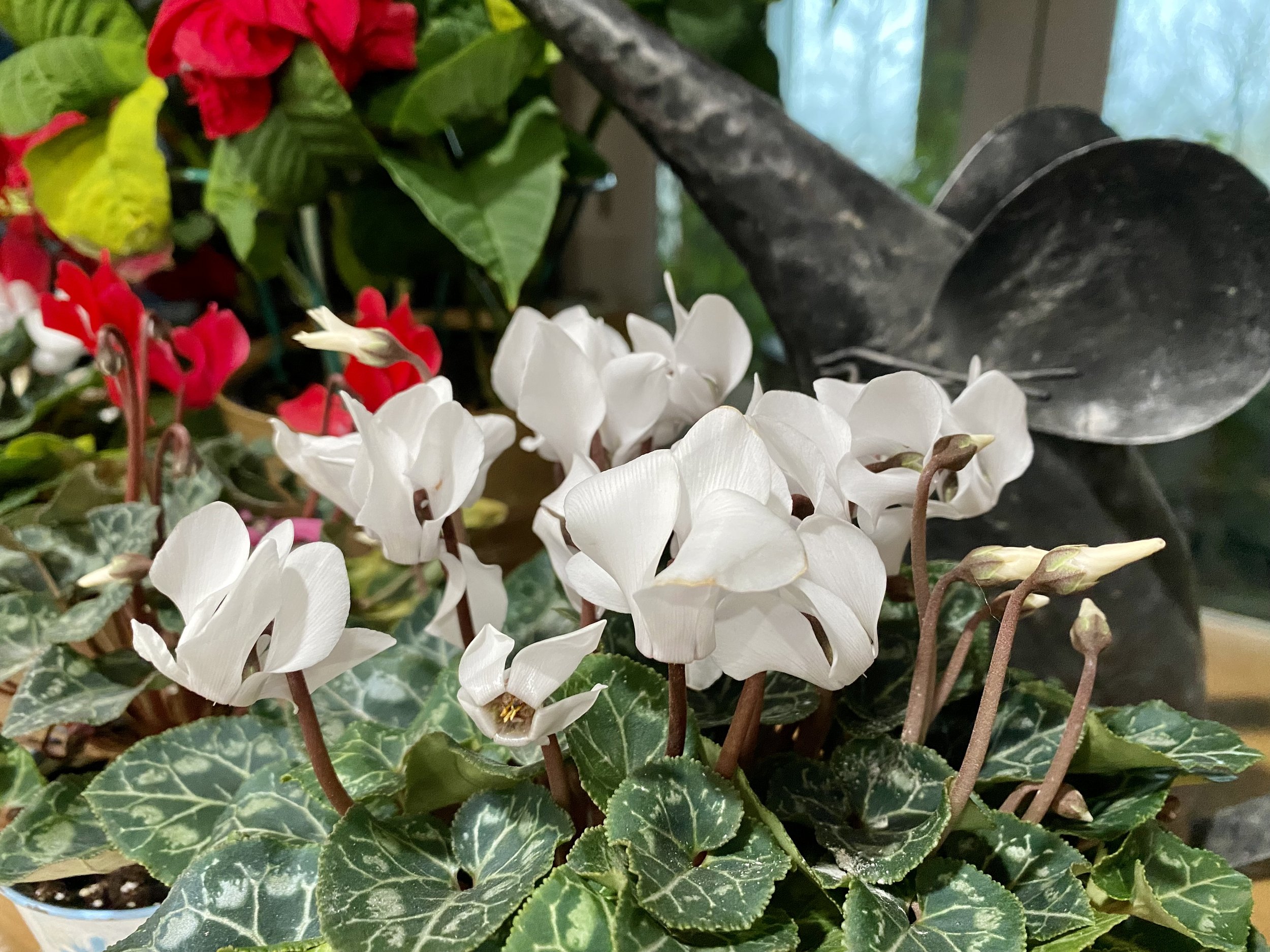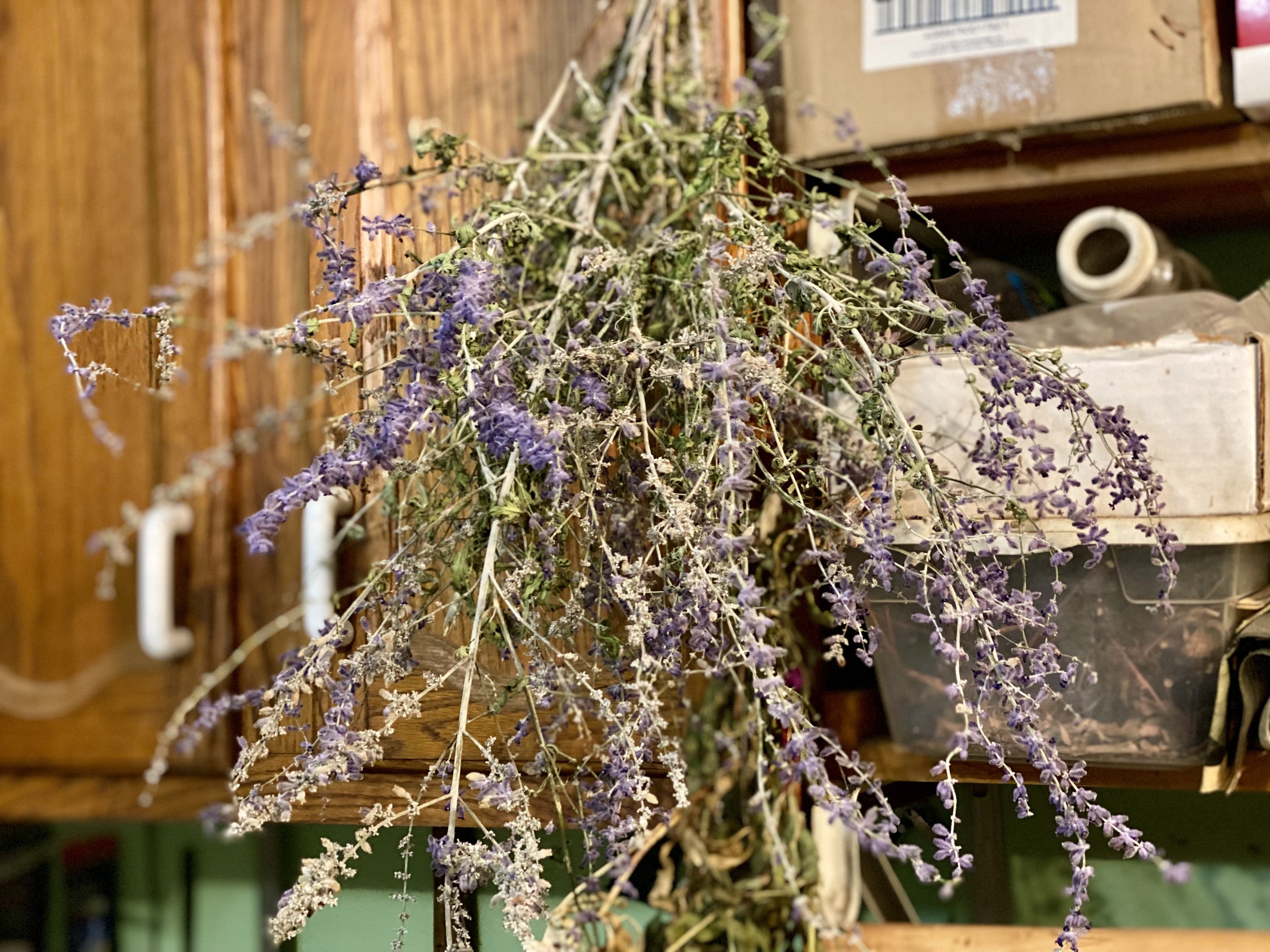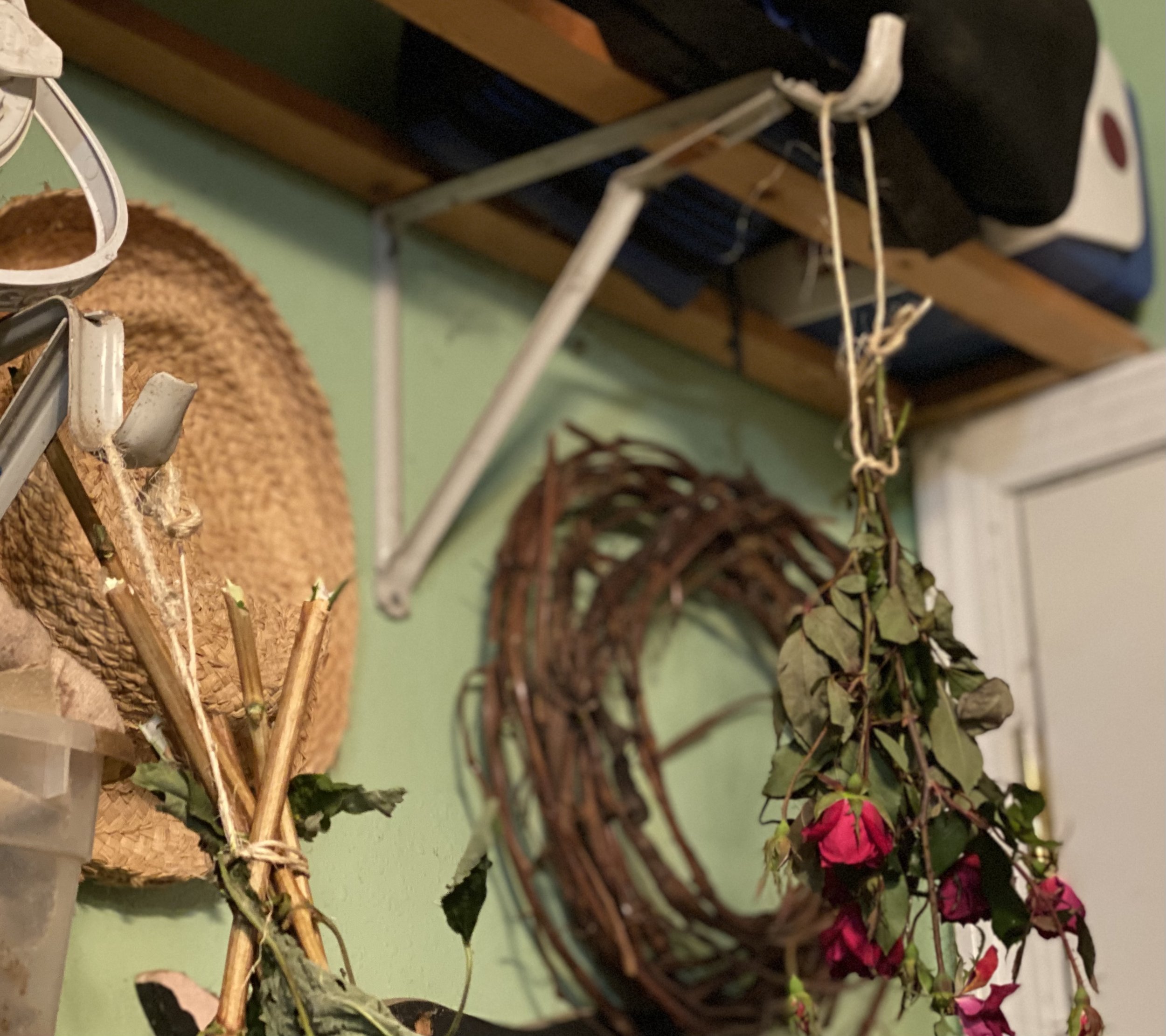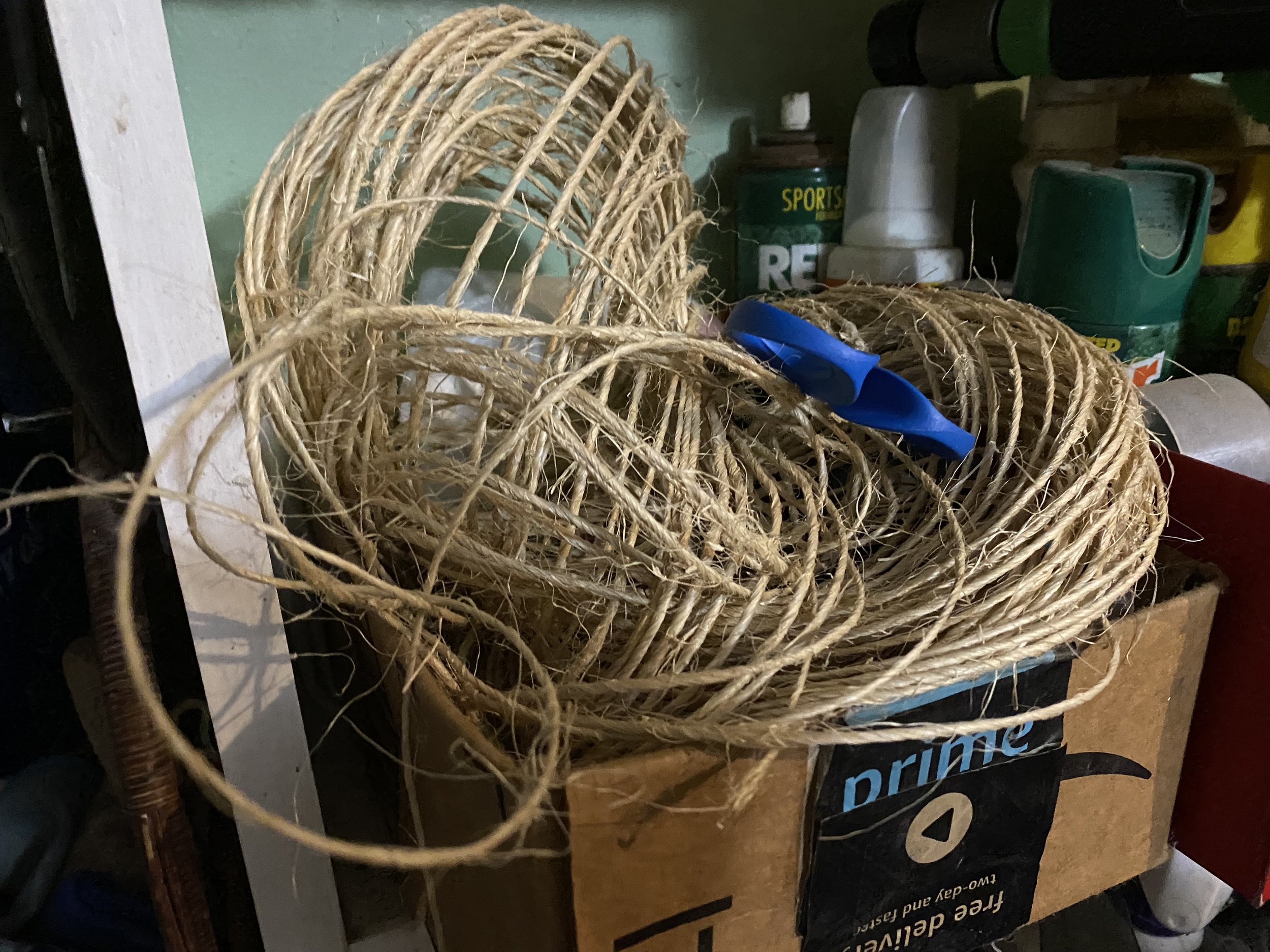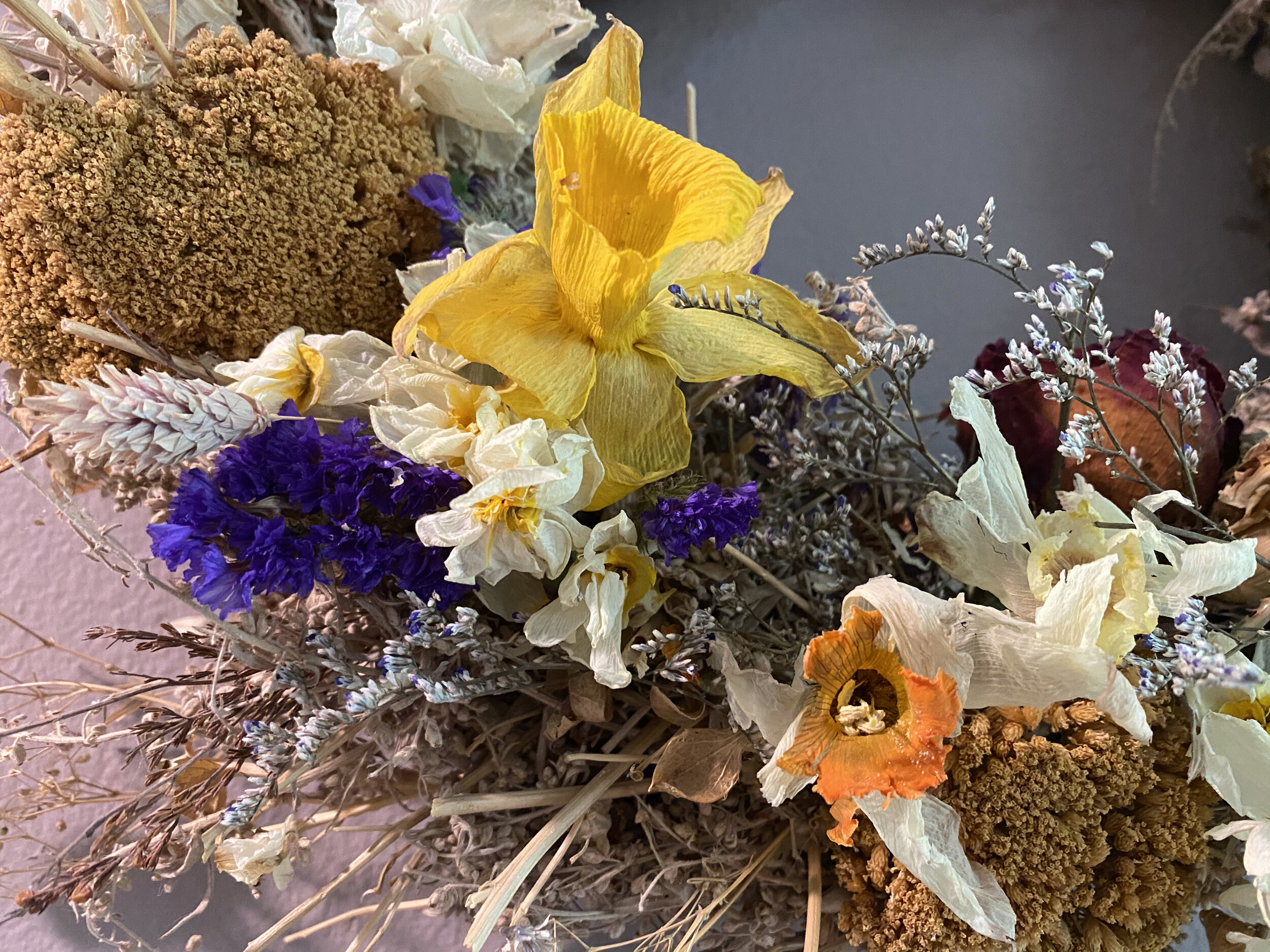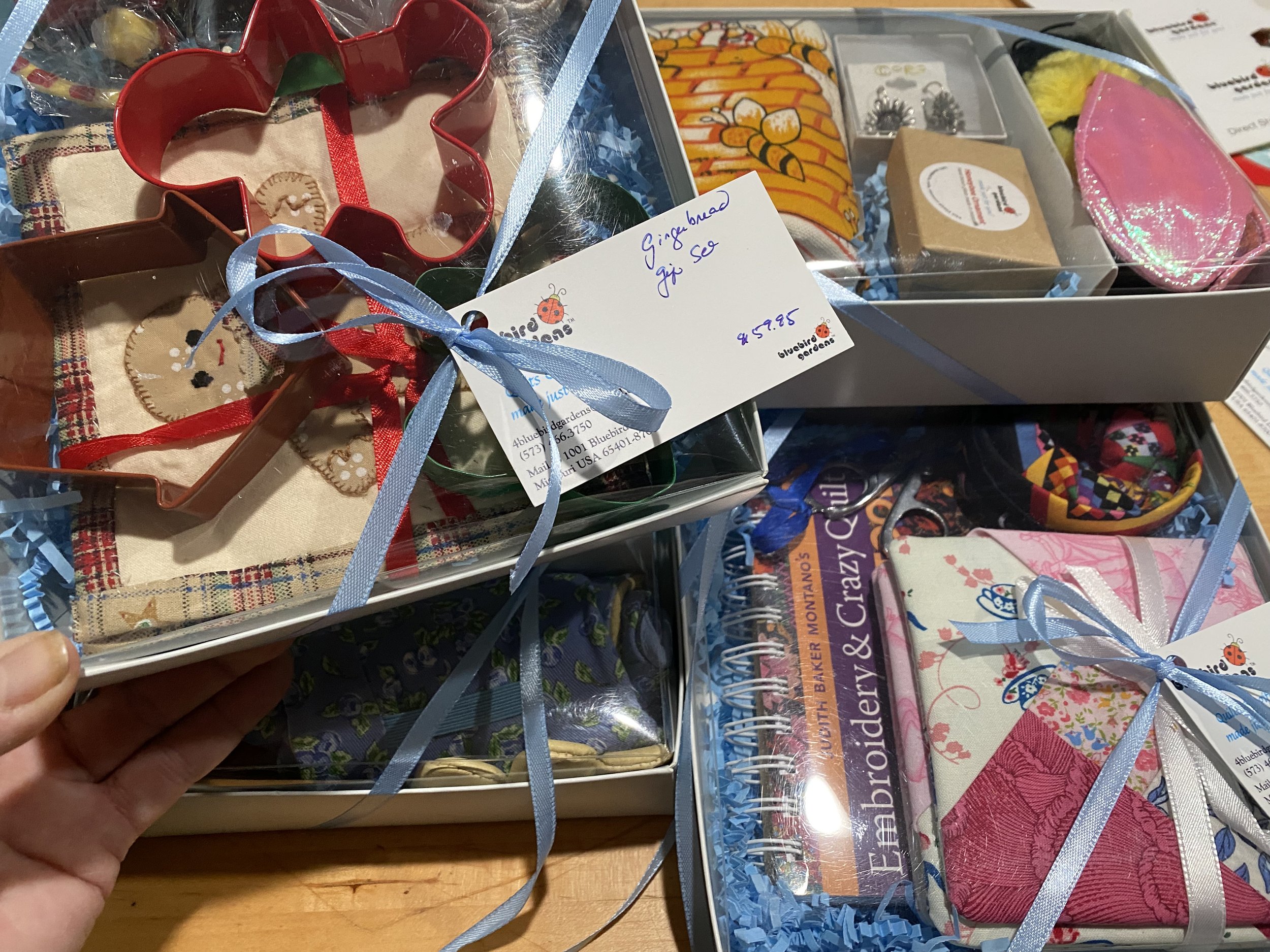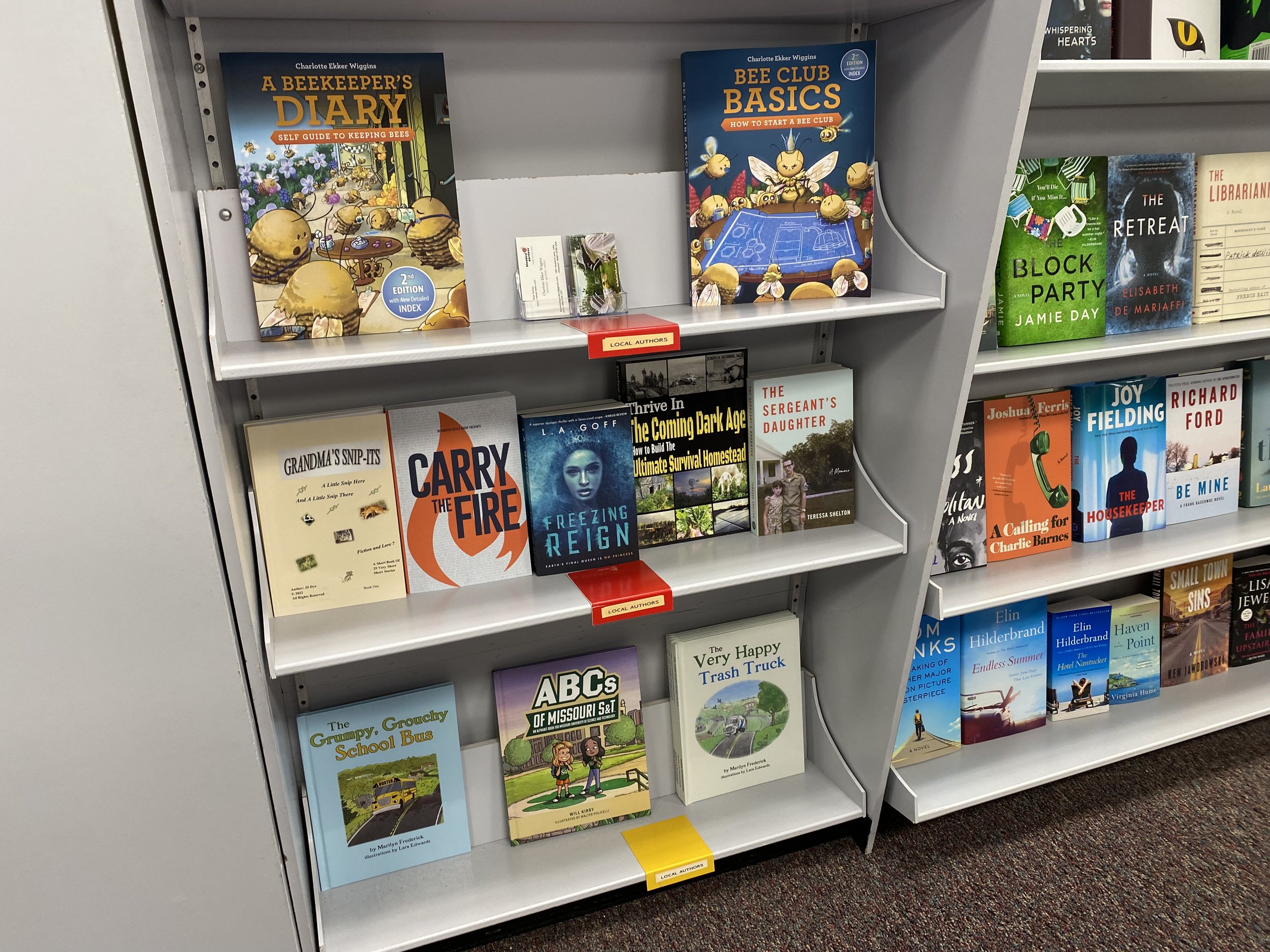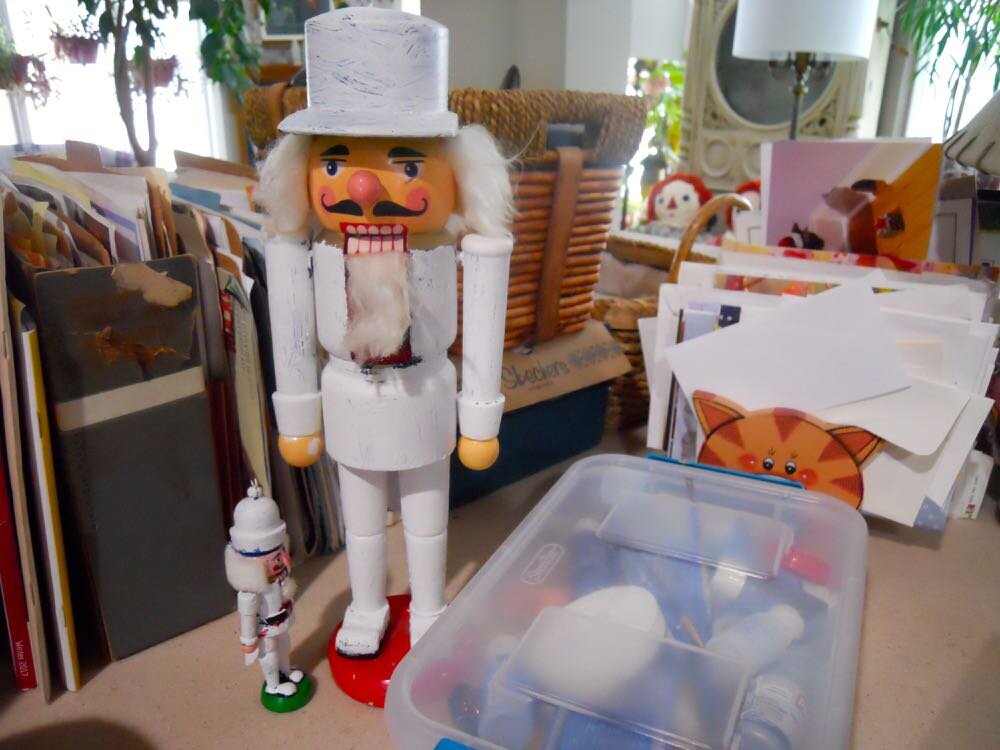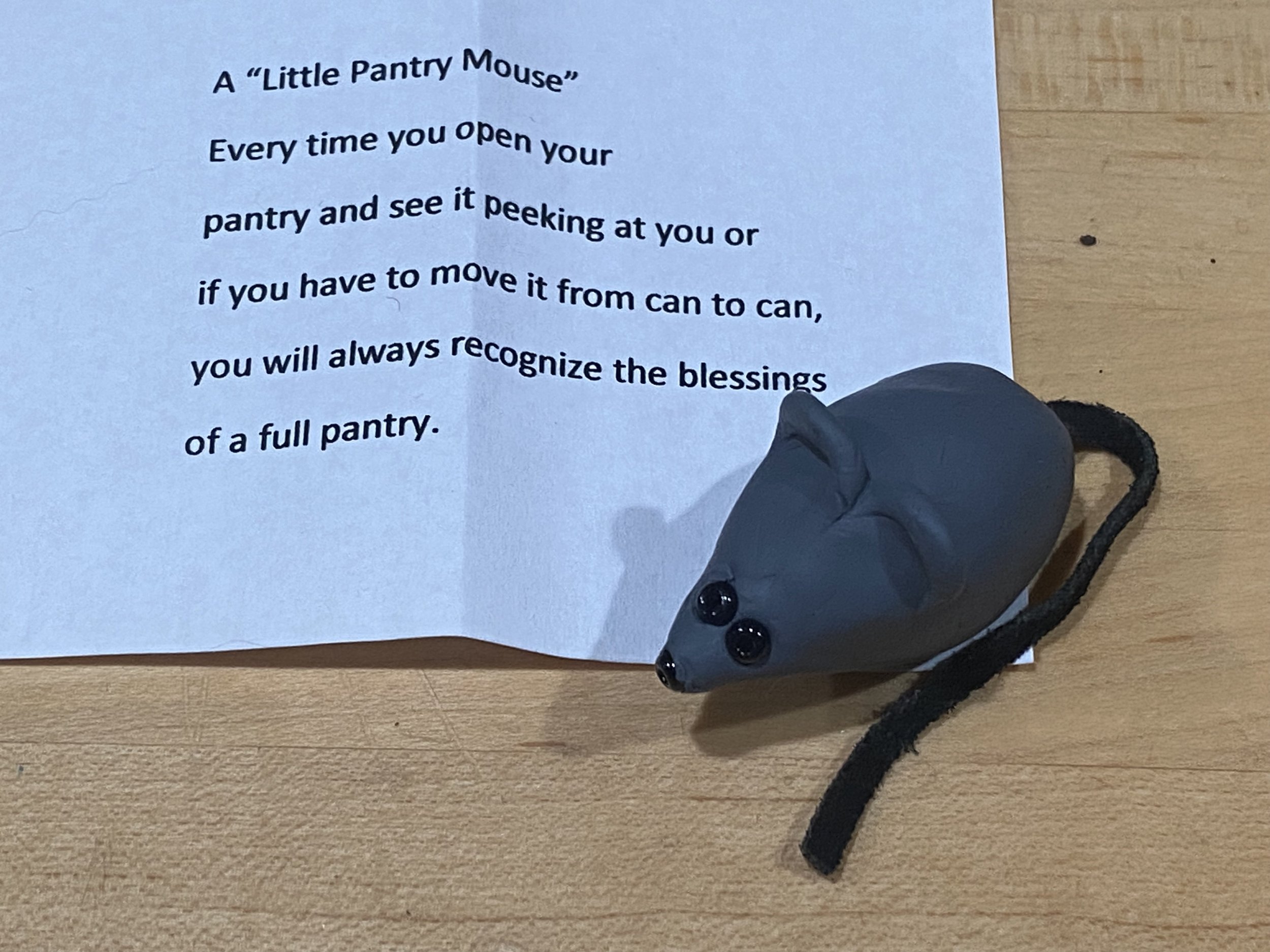Ode to Mulch
If you have relatives and friends visiting; if you are selling your house or you just want a pick me up as you drive up to your house, get some mulch. Mulching flower beds and walkways is the quickest and easiest way to give your home and garden landscaping a new and finished look. Think of mulch as your garden’s carpet, giving your landscape a finished look.
By definition, mulch is a protective ground cover that reduces evaporation of soil moisture, helps maintain uniform soil temperatures, reduces soil erosion, controls weeds, and, in the case of organic mulches, enriches the soil. And, may I add again, it makes your garden look great.
Mulches are classified as organic or inorganic. The organic mulches include straw, compost, leaves, pine needles and barks. Inorganic mulches include plastic, rocks, chips and other non-plant materials.
Benefits of Garden Mulch
I use organic garden mulch for a variety of good reasons:
1. Mulch prevents soil moisture loss by up to 70 percent. This is especially true with a reasonably thick layer of organic mulches.
2. Mulches help keep the soil cooler in the summer and warmer in the winter. It also keeps soil temperature even and reduces fluctuating soil temperatures, helping to give plants a better growing environment.
3. Mulching helps reduce rain splash and runoff, especially gardening as I do on a Missouri limestone hillside. Reducing splash and runoff can significantly reduce the spread of several types of plant disease organisms.
4. If you use a thick mulch layer such as 4-to-6 inches, you should reduce the growth of unwanted plants. And if you like herbs, you will find herbs love that growing environment!
5. Organic garden mulches will also enrich the soil as they decay. The humus they form provides nutrients to the soil, which helps refresh and keep soil healthy.
6. Mulch helps give my garden areas a finished look. Think of garden mulch as your garden’s carpet!
Most Common Garden Mulches
Here are some of the more common organic garden mulches:
Wood Chips. I get mine from our local recycling center. I want the older wood chips, the ones that have started to decompose and are not generating heat in the process. If I do get the more recently chipped wood, I use those on paths where I don’t want plant growth and let a pile for flower beds sit for half a month before using.
Leaves. Leaves are one to the least expensive mulches. I apply leaves as mulch in the fall when I can access ample supplies from our local recycling center. Leaves are slow to decompose and provide winter cover for a number of beneficial garden bugs.
Pine needles. Abundant in some areas, this popular mulch provides a uniform covering for beds and pathways. Because pine needles are moderately acid, they are well-suited for acid-loving plants such as azaleas and gardenias.

